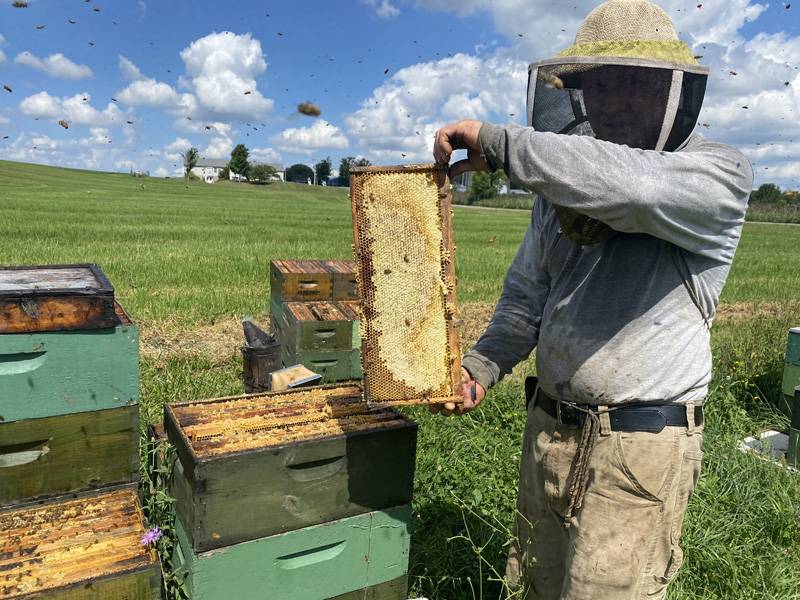
Photo by Kara Richenberg.
As the summer season winds down, the focus at Wee Bee Honey, a prominent local bee farm from Cowlesville, shifts to bottling and preparing honey for the upcoming year.
With an average of 2,300 to 2,600 colonies in six counties (over 700 of which are in Genesee County) and with about 60,000 bees per colony, Mark and Anna Almeter are hard at work making sure that their bees continue to play a crucial role in the food supply.
“One-third of everything we eat is dependent on a honeybee. It’s not just what you and I will eat but what your animals are going to eat," Anna says. "They are all dependent.”
Mark Almeter, who began beekeeping his own hives in 1973, and his wife have established a legacy of dedication to their craft. Their son, Andreas Almeter, will be the sixth generation of bee farmers in the family.
The Almeters manage a split farm operation, utilizing New York's dormant season to harvest honey from their Florida farm.
Honey production depends on a variety of factors, including weather, the strength of the colony, and what’s in bloom. Each hive produces approximately 35 pounds of honey per "crop," with three crops per season. However, a rainy stretch can impact yields.
At the heart of the beekeeping process are the “supers,” where the bees store extra honey. To harvest, a bee blower is used to gently remove bees from these supers, allowing beekeepers to replace them with empty frames. The honey-laden supers are then transported back to the farm where honey is spun off and the empty combs are returned to the hives.
Honeybees are essential for the pollination of many crops, including almonds, apples, cherries, peaches, strawberries, and cucumbers.
The Almeters are dedicated to the well-being of their bees, providing them with vitamins and essential oils to keep them healthy. They also advocate for supporting American bee farmers and the pure honey they produce.
“If we do anything, we always ask ourselves, ‘Is that good for the bees?’" Anna said. "We need to take care of the bees.”
Their six-generation story began in 1892 when great, great grandpa Noah DeMuth bought his first beehives. His farm was located in Pembroke, and his love of bees was contagious and very obvious to all that knew him.
As the bee population faces various challenges, the Almeter's commitment to maintaining their bees' health is their top priority. For more information on their family farm and honey visit their website weebeehoney.net.
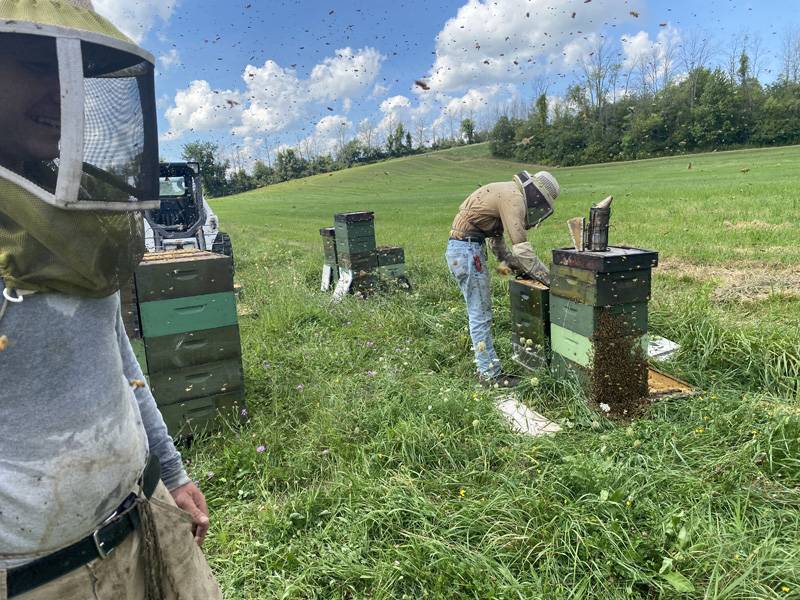
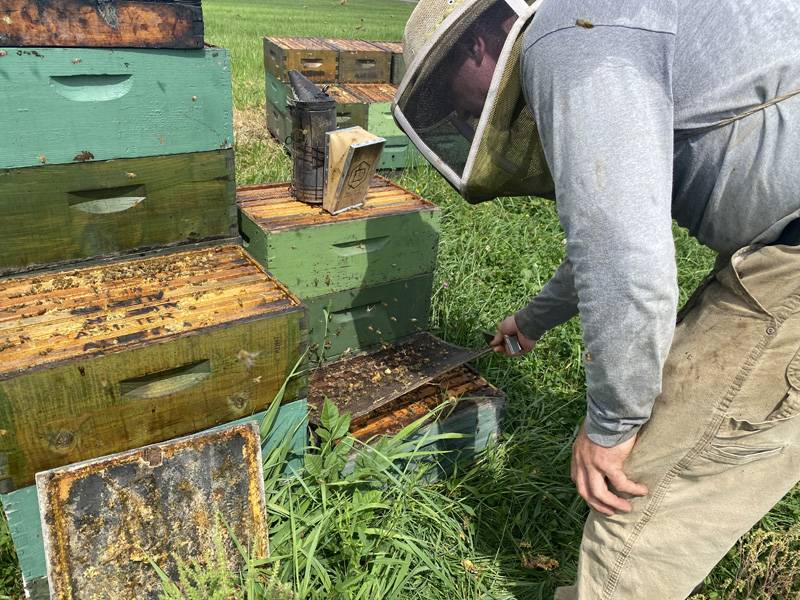
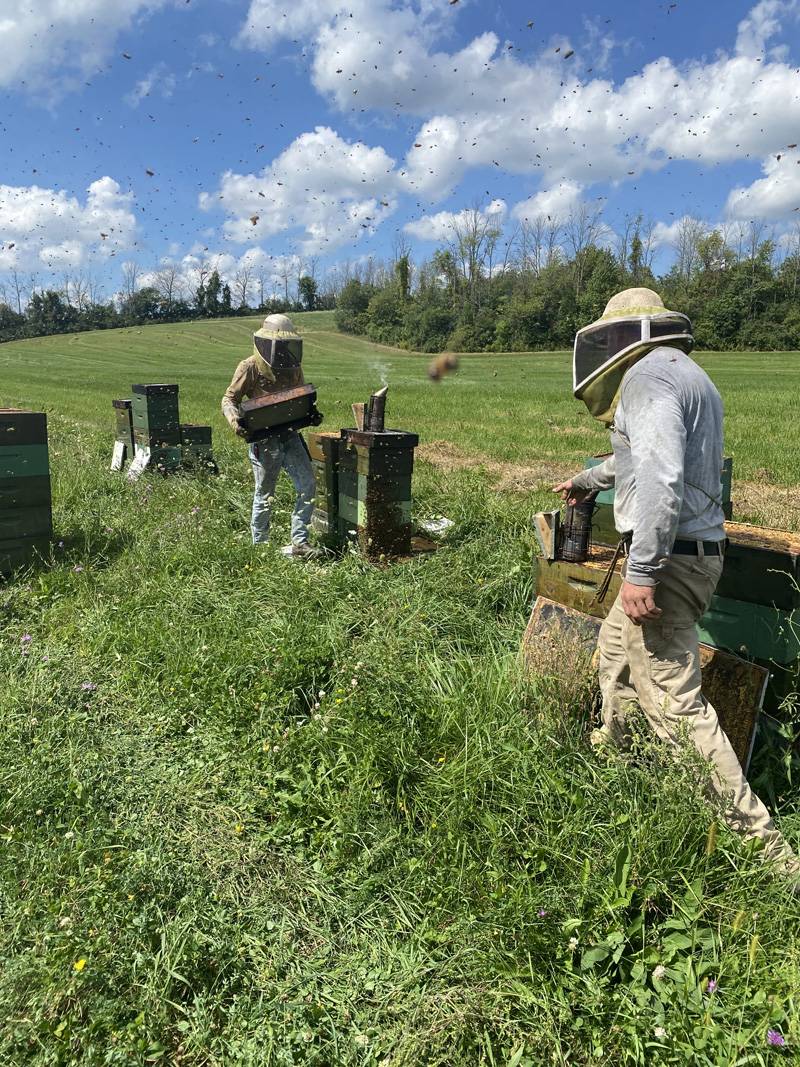
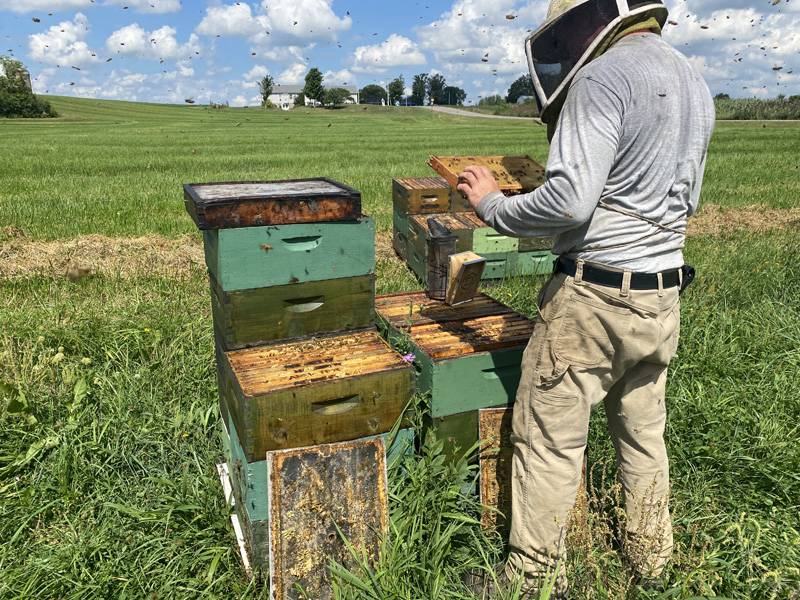
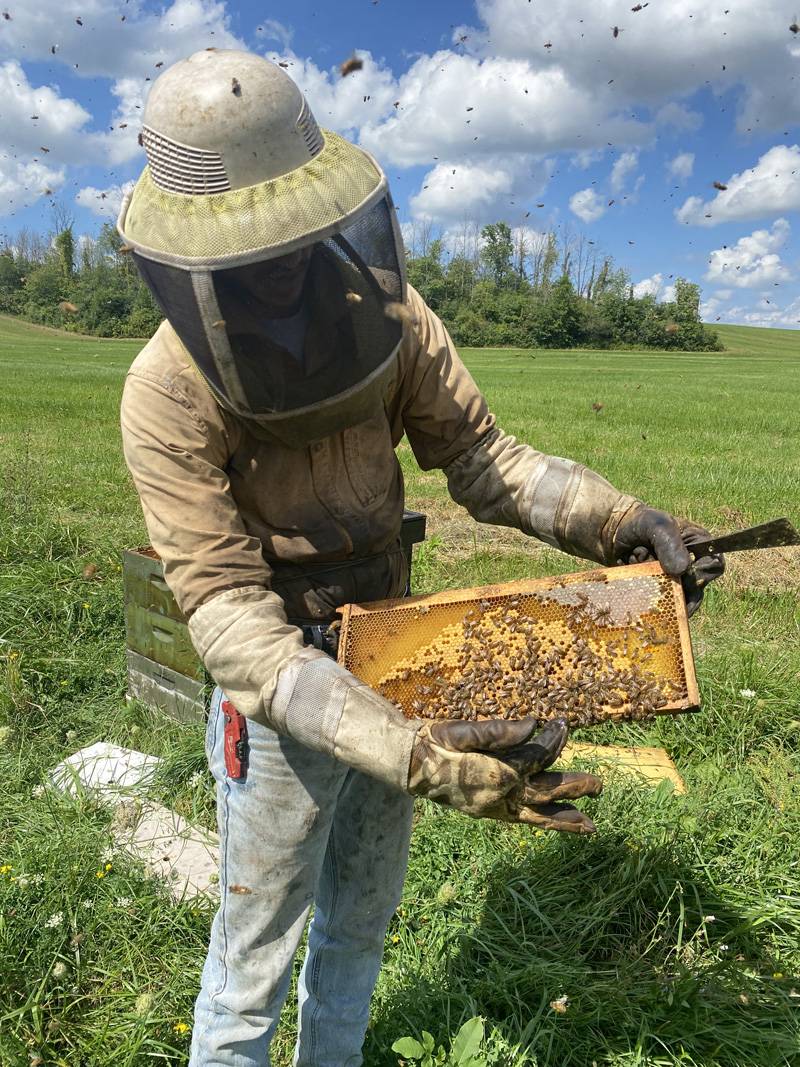
Photo by Kara Richenberg.
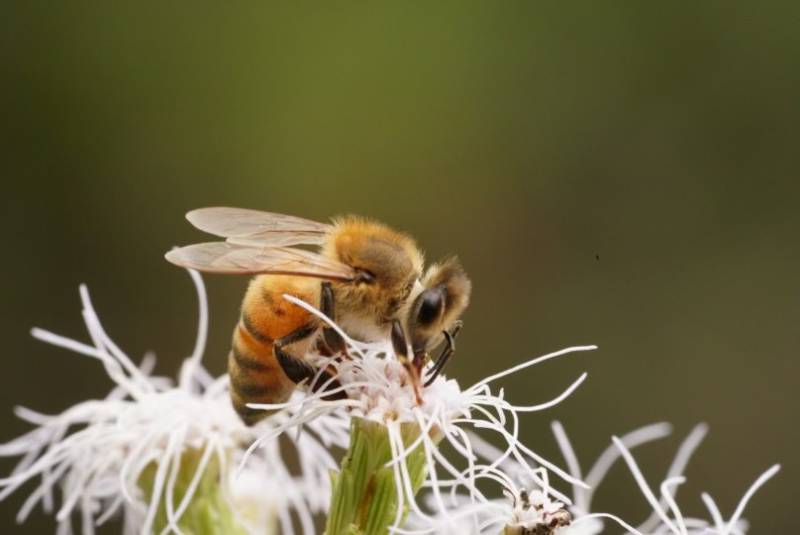
Photo courtesy of Andreas Almeter.
